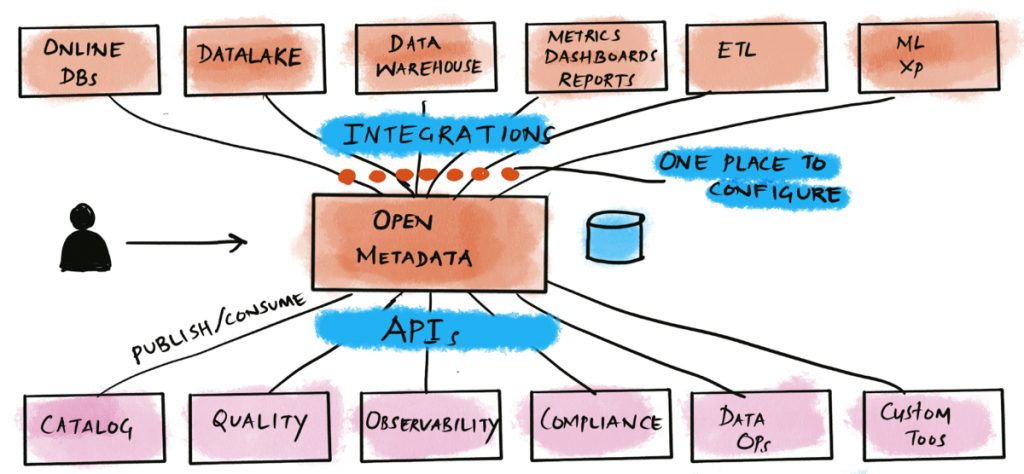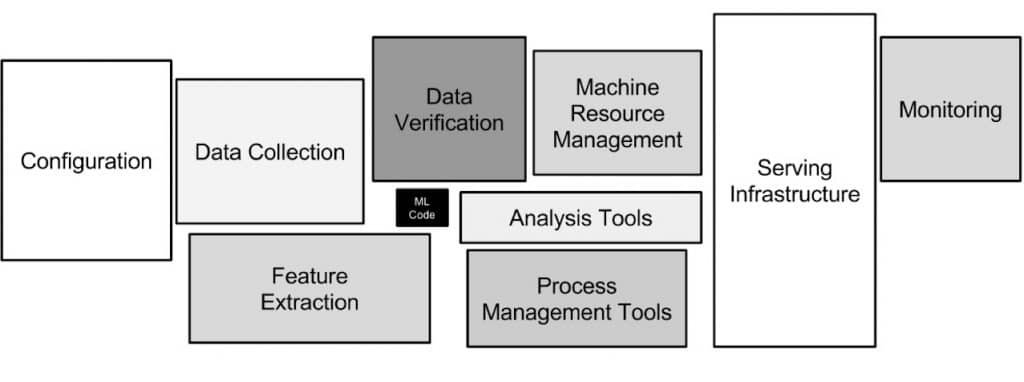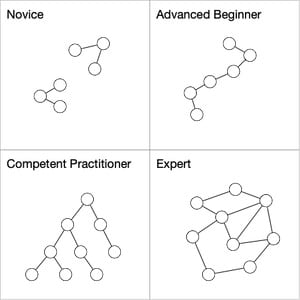This week we have articles from John Ball and Stephen O’Grady. News comes from Cloudinary, Coveo and Qubit, Contentful and Conscia, Alation and Lyngo, and DataStax.
Opinion / Analysis
Solving the NLU crisis: next steps
“Crisis” may seem a dramatic way to describe the current state of natural language understanding given the impressive demonstrations of large language models. But there is an inflection point here, or coming soon, where progress stalls. Last week’s recommended article by Walid Saba argued that current ML approaches are flawed.
This week, John Ball makes the case for combining linguistics, neuroscience, and computer science for an approach to NLU that is closer to how humans learn, without “reading thousands of books and memorising colocation patterns and probabilities”. He provides an example to explain how this works (with a link to a short video that is helpful after reading the article). This is not a silver bullet since there is domain expertise, effort, and their cost in application, but it does promise better NLU results.
Saba and Ball both have companies in stealth mode but regularly publish articles on their approaches with supporting research for further evaluation.
https://medium.com/pat-inc/solving-the-nlu-crisis-next-steps-5ce23ec7eef9
Fragmentation leads to abstractions which lead to what?
Buyers of enterprise software have a wider and richer range of choices than ever, but this comes with increasingly complex decision-making as central versus functional needs diverge, and increasing software fragmentation costs make integrated software services appealing even when not optimal. Will AWS, Google, and Microsoft compete on native integrated services? How will independent software / service suppliers deal with this? How will enterprise customers react? Stephen O’Grady provides some useful thoughts on how this will play out.
https://redmonk.com/sogrady/2021/09/20/fragmentation-abstractions/
More reading…
- Lots of detail… The 2021 Machine learning, AI and Data (MAD) landscape via Matt Turck
- An ongoing project, but also a useful example… A Guide to describe Legislation in schema.org via EUR-Lex
- Network-based platforms must be regulated. But how?, A thoughtful and realistic look via HBR
- Advice on priorities… Balance your search budget! via Daniel Tunkelang
Content technology news
Cloudinary updates products
Media Optimizer and DAM enhancements: Media Optimizer self service, Apps for Digital Asset Management, and WordPress Plugin.
https://gilbane.com/2021/10/cloudinary-updates-products/
Coveo acquires Qubit
Their combined ecommerce experience provide solutions for retailers North America and Europe to meet consumer expectations around relevance.
https://gilbane.com/2021/10/coveo-acquires-qubit/
Contentful and Conscia launch Unify
A multi-space, no-code orchestration solution for personalization and headless commerce for all channels.
https://gilbane.com/2021/10/contentful-and-conscia-launch-unify/
Alation acquires Lyngo Analytics
Business data consumers without SQL expertise can ask questions in natural language and find data and insights without data analysts.
https://gilbane.com/2021/10/alation-acquires-lyngo-analytics/
DataStax extends Stargate
The new GraphQL API in Stargate allows developers to create tables and define schemas in Apache Cassandra without the need to work directly with CQL.
https://gilbane.com/2021/10/datastax-extends-stargate/
The Gilbane Advisor is curated by Frank Gilbane for content technology, computing, and digital experience professionals. The focus is on strategic technologies. We publish recommended articles and content technology news weekly. We do not sell or share personal data.
Subscribe | Feed | View online | Editorial policy | Privacy policy | Contact




